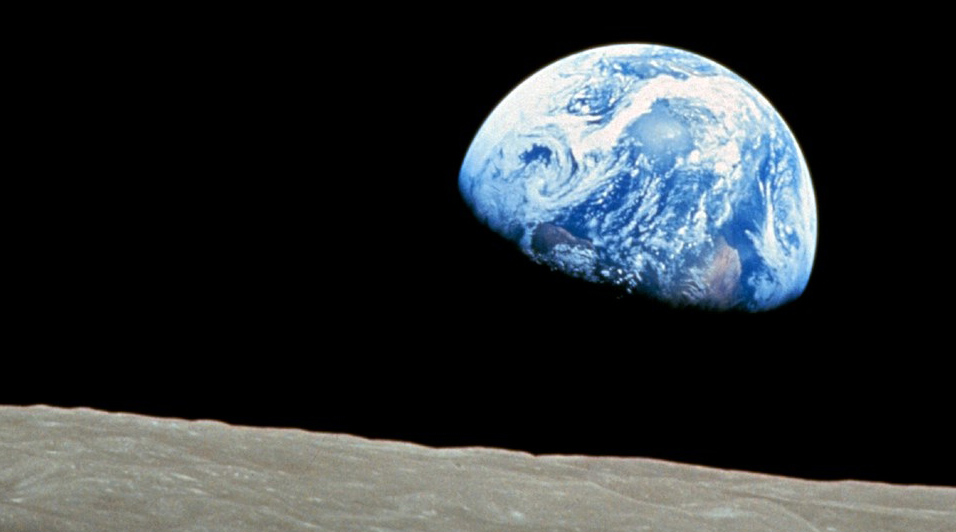
A Speck In Time
“A Speck in Time” is a multi platform symphonic composition that combines traditional orchestra with world music elements, rock rhythm section, and electronics in a thematic developmental form and fuses together these elements into a unique, hugely ambitious, 30-minute symphonic work.
“A Speck in Time” is mysterious, spiritual, beautiful, joyous, wondrous, and uplifting; it is energetic and meditative in places. It is also complicated, dissonant, and simple simultaneously, even occasionally comical. It is as if disparate elements of the world were participating in a musical experience together, but viewed from the distant perspective of space, where the entire planet is but a tiny, delicate and beautiful sphere in a vast universe.
The first movement of the symphony starts with an ethereal but energetic electronic repeating figure in 7/8 time. Various world elements are woven into the repeating energy figure in a primordial kind of effect. A main melodic motif is then stated first on acoustic guitar, and then on trumpet over the energy figure. The 7/8 figure is then supported by a simultaneous two-chord salsa rhythm figure, a European style melodic figure is introduced by a violin section and organ at first, and the three themes develop further throughout the five movements of the work.
The second movement is dissonant, exciting, and complex, with surprising turns in meter, orchestration, and harmony. This section builds to a progressive fusion-like section, ending with a solo clarinet which melts into the adagio.
The third movement is an adagio development of the themes. It is a soothing and beautiful return to the main theme introduced in the first movement, re-harmonized, and developing into a passionate power ballad section, melting into a beautiful and emotive string adagio of the third, more European theme. This string adagio section gives way to a few statements of the main theme, building and climbing to a soaring passionate and beautiful resolve of the main theme as a 6/8 adagio.
The fourth section begins as a sparse, comic interplay of woodwinds. It is clever and jovial, occasionally cartoon-like, very energetic and imaginative. It is the shortest movement in the symphony handing off to the original 7/8 time energy figure which begins the final movement.
The fifth and final movement is a fusion of all elements. The original 7/8 energy figure develops into a primordial salsa with an acoustic guitar solo. Gradually, more sophisticated elements join in building in exciting and unpredictable ways, and end up peaking in a exuberant, uplifting, soaring, and moving climax of all three themes playing simultaneously. The music then drifts back beautifully, ethereally, to the original repeating 7/8 energy figure, with the energy seeming to float, fading meditatively back off to space from which the piece began, as if it were all just a speck in time.

Brian Keane began work on his first symphony in 1984 at the age of 31, still touring the world as a jazz guitarist at the time. Brian recorded his initial ideas playing on Yamaha DX7 and Roland Juno 106 keyboards into one of the first musical sequencers ever made for DOS-based IBM computers made by Voyetra. This allowed Brian to store his ideas in a common format called midi. Over the years, he was able to convert and preserve the files as technologies changed.
Although Brian toyed with the idea of recording a version of the symphony when he was a Blue Note Records recording artist in 1993, Brian ultimately decided not to pursue a career as an artist, and as a result, left his recording contract to pursue a career in which he was in major demand as a composer and producer creating over 400 film scores and 150 record albums in a 20-year period.
Finally, in 2017, Brian gathered the midi files that he had been preserving since 1984, set aside the time, and created this electronic representation of his first symphony using those original midi files on today’s soft synths where it can be heard fairly representatively. Eventually, he intends to produce it with live instruments.
|
